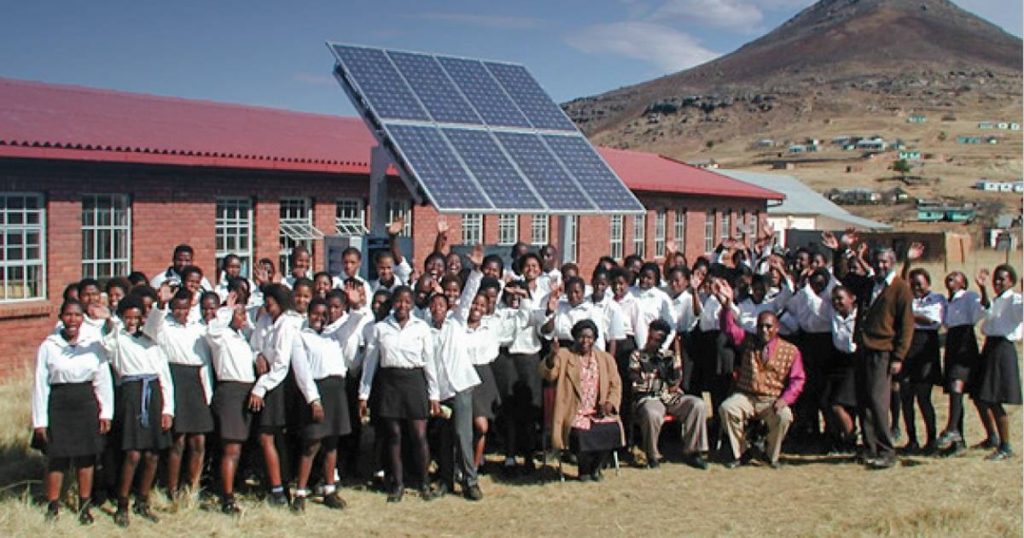The world is falling short of meeting UN global energy targets states a new report, but solar power can play a bigger role in helping it get there.
In 2015, the United Nations committed to Sustainable Development Goal 7 (SDG7), which sets a goal of ensuring access to affordable, reliable, sustainable and modern energy for all by 2030.
Approximately 89 percent of the world had access to electricity as defined in SDG7 in 2017, up from 83% in 2010. In 2010, there were 1.2 billion people without electricity access throughout the world and by 2017 this had dropped to 840 million. That is still a huge number of people that need to be reached.
The UN believes achieving the goal is still possible, but will require increased effort, especially in reaching some of the world’s poorest populations.
From Fossil Fuels To Solar Power
A report published last year indicated approximately 120 million people in Africa and Asia had made the switch from kerosene lamps, candles and diesel generators to off-grid solar power since 2010. But the International Energy Agency, one of the bodies involved with preparing the new report, states based on current progress 650 million will still live without access to electricity in 2030 – with 90% of these people living in sub-Saharan Africa.
The IEA says in order to bring electricity to the poorest and hardest to reach households, off-grid solutions including solar lighting, home solar power systems and “minigrids” will be crucial. In 2017, 34 million people gained basic access to electricity through off-grid energy technologies.
“We need to do more to put the world on track to meet all SDG7 targets,” said Dr Fatih Birol, IEA Executive Director. ” I am particularly concerned by the dramatic lack of access to reliable, modern and sustainable energy in certain parts of the world, especially in sub-Saharan Africa, a region where we need to really concentrate our efforts.”
Other SDG7 goals include:
- Universal access to clean cooking.
- Substantially increase the share of renewable energy in the global energy mix
- Doubling the global rate of improvement in energy efficiency.
The report states in 2016 the share of renewables in total final energy consumption (including heat and transport) increased at the fastest rate since 2012 and reached almost 17.5%. Projected progress up to 2030 is 21%. The IEA says access to clean cooking solutions and the utilisation of renewables in heat generation and transport are still lagging far behind the goals.
The full Tracking SDG7: The Energy Progress Report and various related resources can be accessed here.


 RSS - Posts
RSS - Posts



That has to be South Africa in the picture. I can tell because it looks like around Toowoomba.
when it comes to distributed power model, solar seems to be the best option for developing nations. However, for utility grade power supply, would not hydro electric power be an effective solution as well? I mean, Australia also has about 60% or more of renewable energy power from hydro right? It must be cost effective as well